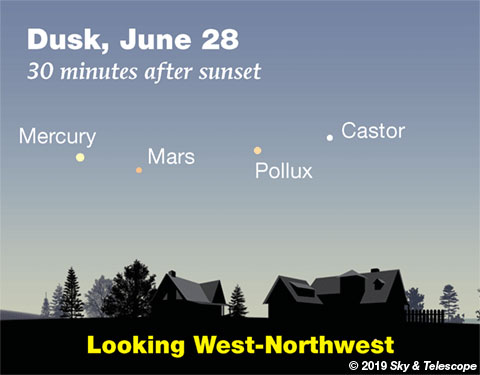
Friday, June 21
• The solstice arrives today at 11:54 a.m. EDT. This is when the Sun is farthest north for the year as seen in Earth's sky and begins its six-month return southward. Summer officially begins in the Northern Hemisphere, winter in the Southern Hemisphere. For us northerners, this is the year's longest day and shortest night.
It's also the day when (in the north temperate latitudes) the midday Sun passes the closest it ever can to being straight overhead, and thus when your shadow becomes the shortest it can ever be at your location. This happens at local apparent noon (solar noon), which is probably rather far removed from noon in your civil (clock) time.
And if you have a good west-northwest horizon, mark very precisely where the Sun sets. In a few days you should be able to detect that the Sun is again starting to set a little south of that point.
• Jupiter's Great Red Spot should transit the planet's central meridian (the line down the center of the planet's disk from pole to pole) around 1:21 a.m. EDT tonight; 12:21 a.m. CDT.
Meanwhile Europa, the smallest of Jupiter's Galilean moons, crosses the planet's disk tonight from 11:32 p.m. to 1:57 a.m. EDT, followed closely by its tiny black shadow from 12:04 to 2:32 a.m. EDT.
For all the Red Spot's transit times this month, and all the interesting phenomena of Jupiter's moons, see the June Sky & Telescope, page 50.
Saturday, June 22
• Leo the Lion is mostly a constellation of late winter and spring. But he's not gone yet. As twilight ends look due west, somewhat low, for Regulus, his brightest and now lowest star: the forefoot of the Lion stick figure.
The Sickle of Leo extends upper right from Regulus. The rest of the Lion's constellation figure extends for almost three fist-widths to the upper left, to his tail star Denebola, the highest.
He'll soon be treading away into the sunset.
Sunday, June 23
• Can you spot the Coma Berenices star cluster with your unaided eye? It's big but sparse and dim, high in the west after dark. You can locate the right spot as follows: Find brilliant Arcturus high in the southwest, and to the right of that, the end star of the Big Dipper's handle. The Coma Star Cluster is down below the midpoint between them, forming a nearly equilateral triangle with those two stars.
You'll need a dark sky. The cluster is about 4° wide, about the size of a ping-pong ball held at arm's length. Its brightest stars form a tilted, upside-down letter Y.
In binoculars the cluster fills most of the field of view. So if you're expecting something small, you'll miss it by looking right through it!
Monday, June 24
• This is the time of year when, right after dark, the dim Little Dipper floats straight upward from Polaris (the end of its handle) — like a helium balloon on a string, escaped from a summer-evening party. Through heavy light pollution, however, all you may see of the Little Dipper are Polaris at its bottom and Kochab, the lip of the Little Dipper's bowl, at the top.
Tuesday, June 25
• The two brightest stars of summer, Arcturus and Vega, are about equally high overhead shortly after dark: Arcturus toward the southwest, Vega toward the east.
Arcturus and Vega are 37 and 25 light-years away, respectively. They represent the two commonest types of naked-eye stars: a yellow-orange K giant and a white type-A main-sequence star. They're 150 and 50 times brighter than the Sun, respectively — which, combined with their nearness, is why they dominate the evening sky.
• Last-quarter Moon (exact at 5:46 a.m. on this date). Late tonight, the Moon rises around 1 a.m. lower right of the Great Square of Pegasus.
Wednesday, June 26
• Arcturus, the brilliant yellow-orange star high in the southwest after dark, is the leading light of Bootes the cowherd. The constellation's brightest stars form a kite shape extending up from Arcturus. The kite is rather narrow, bent a bit left at the top, and 23° tall: about two fists at arm's length. Arcturus is the narrow bottom point where the kite's short little tail is tied on, fluttering toward the lower right.
Thursday, June 27
• After dark Vega is the brightest star shining very high in the east. Barely lower left of it is 4th-magnitude Epsilon Lyrae, the Double-Double. Epsilon forms one corner of a roughly equilateral triangle with Vega and Zeta Lyrae. The triangle is less than 2° on a side, hardly the width of your thumb at arm's length.
Binoculars easily resolve Epsilon. And a 4-inch telescope at 100× or more should resolve each of Epsilon's wide components into a tight pair.
Zeta Lyrae is also a double star for binoculars; much tougher, but plainly resolved in any telescope.
Delta Lyrae, a little below Zeta, is a much wider and easier pair, tinted deep orange and pale blue.
Friday, June 28
• As evening grows late, even the lowest star of the Summer Triangle shines pretty high in the east. That's Altair. It's a good three or four fists at arm's length below or lower right of bright Vega.
A marker for Altair is its little 3rd-magnitude buddy Tarazed (Gamma Aquilae) positioned above or upper left of it by about a finger-width at arm's length.
Look left of Altair, by hardly more than one fist, for compact little Delphinus, the Dolphin.
And above the midpoint between Delphinus and Altair look for even smaller, dimmer Sagitta, the Arrow.
Saturday, June 29
• The Milky Way now forms a magnificent arch across the eastern sky as evening grows late, if you have a dark enough sky. It runs all the way from below Cassiopeia in the north-northeast, up and across Cygnus and the Summer Triangle in the east, and down past the spout of the Sagittarius Teapot in the south-southeast, where it's brightest.
________________________
Want to become a better astronomer? Learn your way around the constellations. They're the key to locating everything fainter and deeper to hunt with binoculars or a telescope.
This is an outdoor nature hobby. For an easy-to-use constellation guide covering the whole evening sky, use the big monthly map in the center of each issue of Sky & Telescope, the essential guide to astronomy.

Once you get a telescope, to put it to good use you'll need a detailed, large-scale sky atlas (set of charts). The basic standard is the Pocket Sky Atlas (in either the original or Jumbo Edition), which shows stars to magnitude 7.6.
Next up is the larger and deeper Sky Atlas 2000.0, plotting stars to magnitude 8.5; nearly three times as many. The next up, once you know your way around, are the even larger Interstellarum atlas (stars to magnitude 9.5) and Uranometria 2000.0 (stars to magnitude 9.75). And read how to use sky charts with a telescope.
You'll also want a good deep-sky guidebook, such as Sue French's Deep-Sky Wonders collection (which includes its own charts), Sky Atlas 2000.0 Companion by Strong and Sinnott, or the bigger Night Sky Observer's Guide by Kepple and Sanner.
Can a computerized telescope replace charts? Not for beginners, I don't think, and not on mounts and tripods that are less than top-quality mechanically (meaning heavy and expensive). And as Terence Dickinson and Alan Dyer say in their Backyard Astronomer's Guide, "A full appreciation of the universe cannot come without developing the skills to find things in the sky and understanding how the sky works. This knowledge comes only by spending time under the stars with star maps in hand."
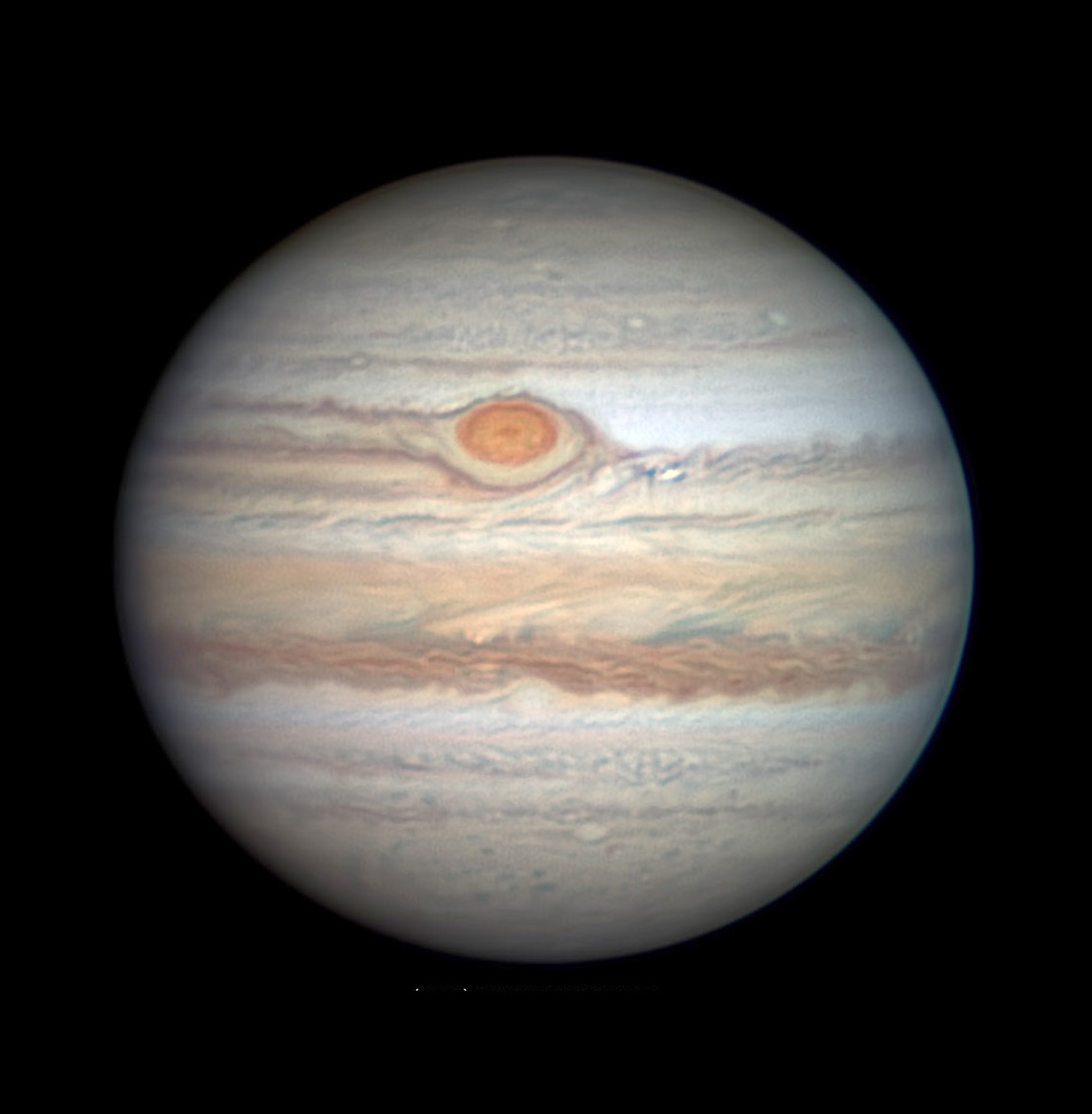
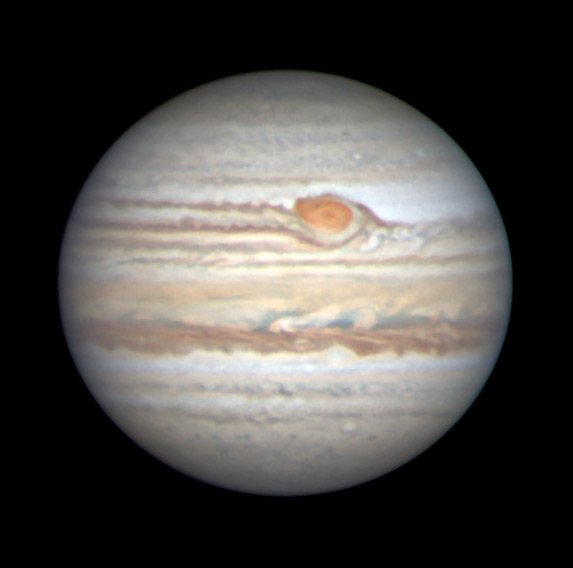
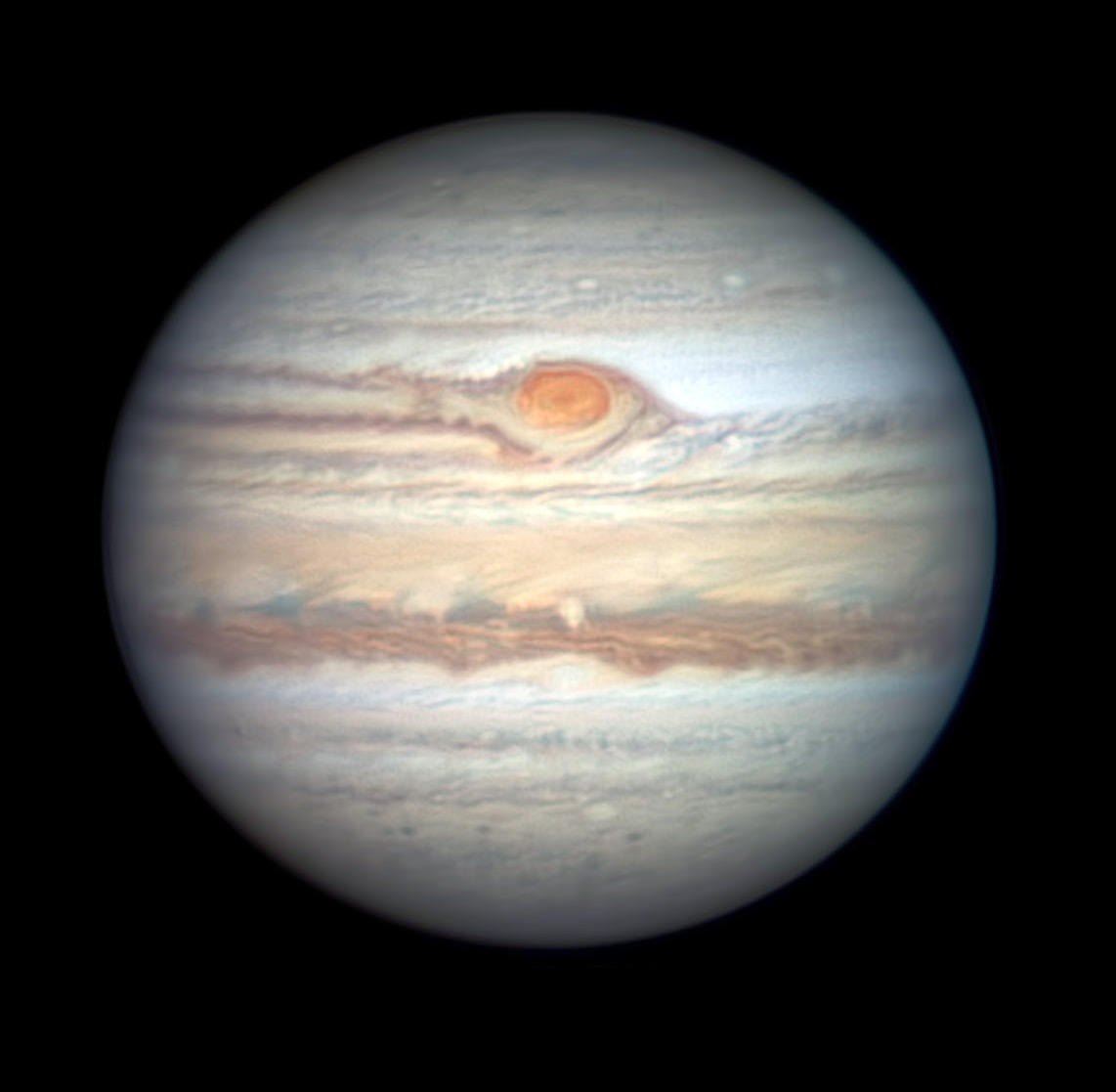
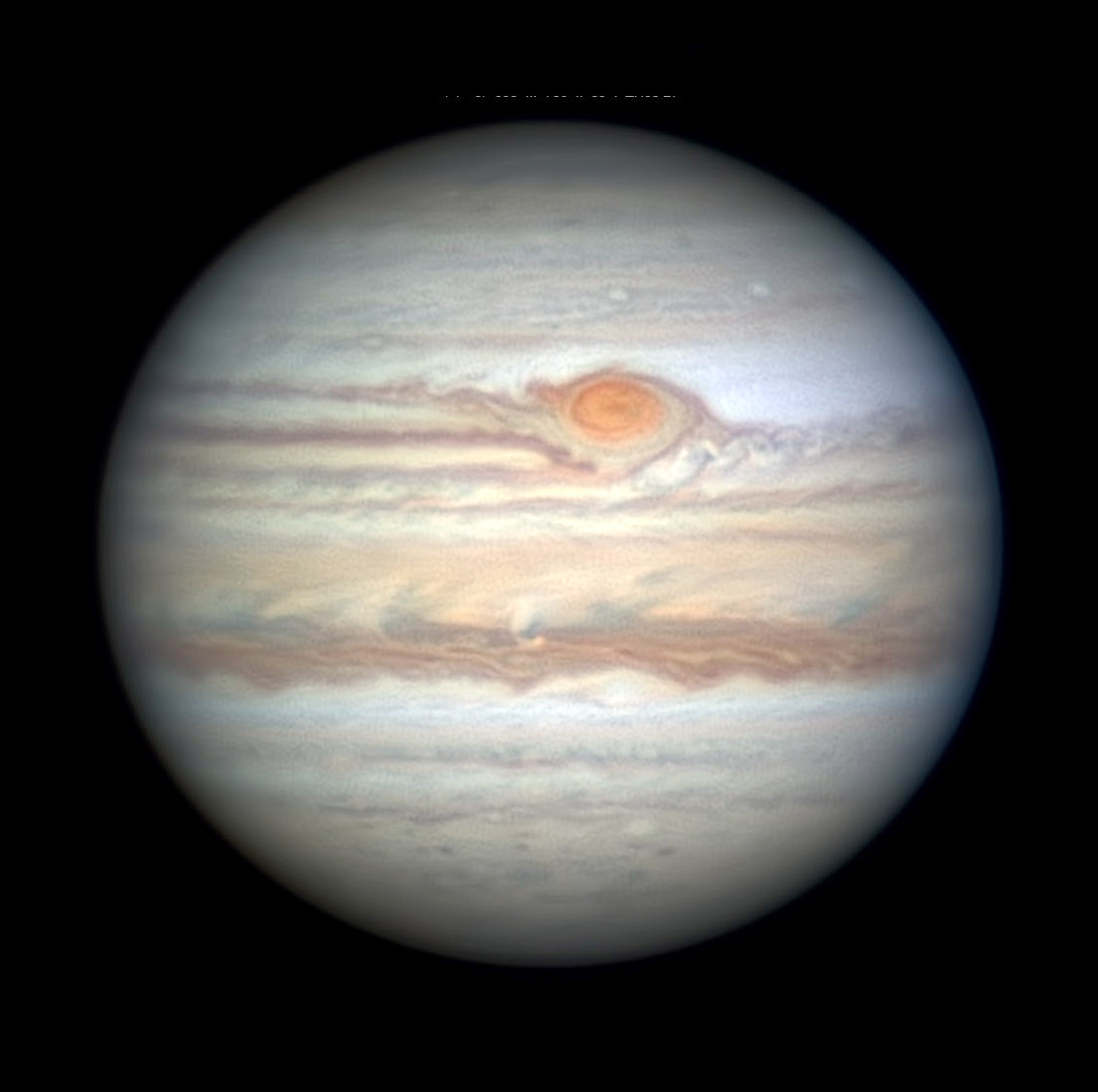
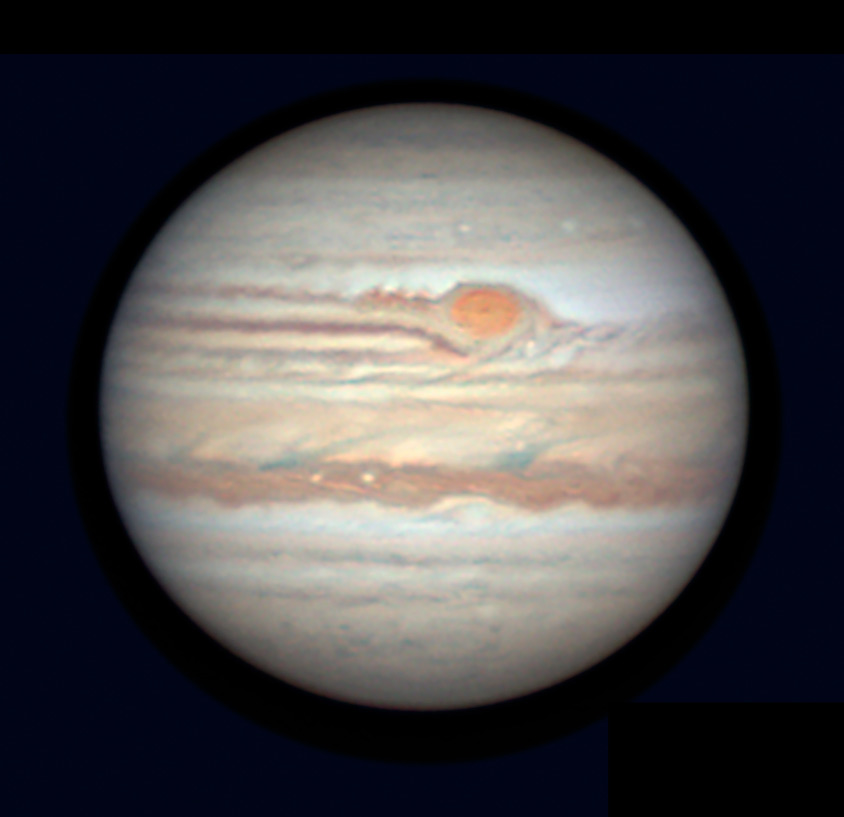
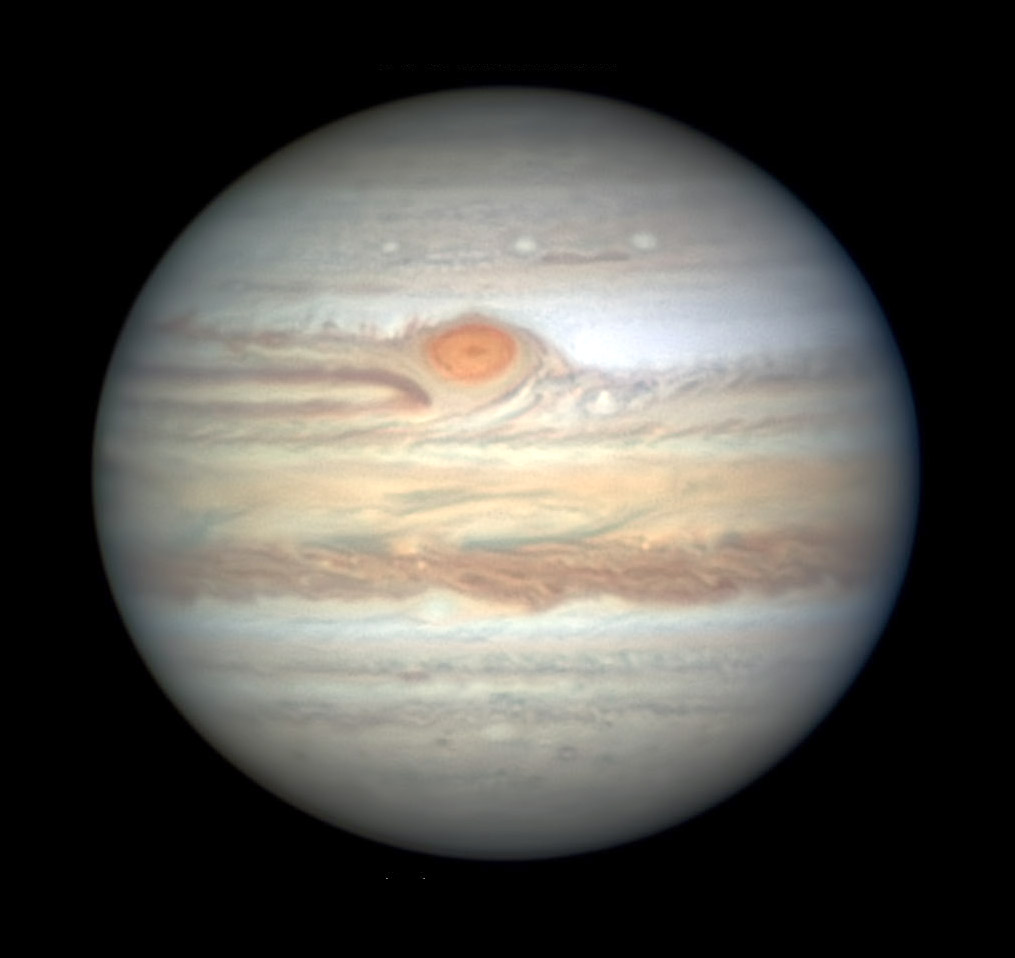
Mercury is very low in the west-northwest as twilight fades. Look early in the week; the little planet dims from magnitude +0.3 on Friday June 21st to +0.8 by Friday the 28th. Mars, magnitude +1.8, remain's barely 2° to Mercury's lower right the 21st. Day by day they grow farther apart.
Pollux and Castor (magnitudes +1.2 and +1.6) twinkle weakly to their upper right or right. Bring binoculars! See the scene at the top of this page.
Venus (magnitude –3.8) is disappearing very low into the bright sky before sunrise. If you're feeling ambitious, scan for it just above the east-northeast horizon about 15 minutes before sunrise using binoculars or a wide-field scope.
Jupiter (magnitude –2.6, in southern Ophiuchus) is that white point glaring in the southeast as the stars come out. Antares, much fainter at magnitude +1.0, twinkles 9° to its right. Jupiter is highest in the south by about midnight daylight saving time, with orange Antares now to its lower right.
Jupiter and Antares form a wide, flat, almost isosceles triangle with Delta Scorpii (Dschubba) to their right. For most of the last 19 years, Delta, an eruptive variable, has been only a little dimmer than Antares.
In a telescope Jupiter is still a good 46 arcseconds wide. See Bob King's Jupiter Is Outstanding at Opposition.
Saturn (magnitude +0.1, in Sagittarius) rises in late twilight. It's the steady, pale yellowish "star" 30° east of Jupiter. Saturn will be at opposition on July 9th.
Uranus (magnitude 5.9, in Aries) is low in the east before dawn.
Neptune (magnitude 7.9, in Aquarius) is well up in the southeast before dawn. Finder charts for Uranus and Neptune.
_________________
All descriptions that relate to your horizon — including the words up, down, right, and left — are written for the world's mid-northern latitudes. Descriptions that also depend on longitude (mainly Moon positions) are for North America.
Eastern Daylight Time (EDT) is Universal Time (UT, UTC, GMT, or Z time) minus 4 hours.
_________________
Audio sky tour. Out under the evening sky with your earbuds in place, listen to Kelly Beatty's monthly podcast tour of the heavens above. It's free.
_________________
“This adventure is made possible by generations of searchers strictly adhering to a simple set of rules. Test ideas by experiments and observations. Build on those ideas that pass the test. Reject the ones that fail. Follow the evidence wherever it leads, and question everything. Accept these terms, and the cosmos is yours.”
— Neil deGrasse Tyson, 2014
______________________
 3
3








Comments
Rod
June 22, 2019 at 11:26 am
mary beth, I celebrated the summer solstice. Here are some observing notes. "Last night and early this morning, I enjoyed some great views of Jupiter and Saturn using my two telescopes (90-mm refractor and 10-inch Newtonian reflector). Europa performed a transit at Jupiter and shadow transit (solar eclipse event at Jupiter) along with the Great Red Spot rotating into view. As Europa approached Jupiter I could hear on tactical radio Maverick say "Goose, its time to buzz the tower" I was out from 8:30 PM until 0130 this morning. Enjoyed cool weather (low to mid-60s) and mostly clear skies but some cirrus bands moved by. I viewed at 86x to 154x views. At times, cirrus clouds permitting, 5 Saturnian moons visible near Saturn and the rings with numerous stars in the eyepiece field of view as Saturn continues retrograding in Sagittarius. Titan was the moon farther away from the rings, about 1.5 arcminute angular separation. That was a great view using the 10-inch telescope at 86x and wider field of view. Would make for a great picture At Jupiter, the Great Red Spot and shadow of Europa was visible too on the cloud tops. The waning gibbous Moon rose at my location near 11:54 PM last night so mostly did not interfere with observing. I started viewing Jupiter near 9:20 PM EDT as Jupiter climbed higher in elevation angle above some trees and watched as Europa moved closer to Jupiter's limb for transit. Earlier in the evening, bats were buzzing around me chasing insects and later, numerous fireflies lit up the pasture area and woods, lovely view. As Antares in Scorpius moved toward transit, M4 transit time for my location was near 11:31 PM, I enjoyed views of the globular cluster M4 too. During the day on 21-Jun, I celebrated by some Sun observations between 11:00 AM until 12:00 PM EDT. Summer solstice yesterday at 11:54 AM EDT. Daytime solar observing and nighttime stargazing and planet viewing - a great way to celebrate the arrival of the first, official day of summer
You must be logged in to post a comment.
mary beth
June 25, 2019 at 1:53 am
I couldn’t think of a better start to summer thsn the way you spent it! Reminds me of one of my favorite quotes from the book:
We lose a great deal, I think, when we lose this sense and feeling for the sun. When all has been said, the adventure of the sun is the great natural drama by which we live, and not to have joy in it and awe of it, not to share in it, is to close a dull door on natures's sustaining and poetic spirit.”
― Henry Beston, The Outermost House: A Year of Life On The Great Beach of Cape Cod
You must be logged in to post a comment.
Rod
June 25, 2019 at 11:01 am
mary beth, very good. I did some solar observations this morning. Here is a link, if you get the time, let me know your thoughts. I am experimenting 🙂 You can scroll down and see log note as well as move around in the sky chart.
https://www.livesky.com/shared.html#/sky-object-observation/EzaCmEhnG3
You must be logged in to post a comment.
You must be logged in to post a comment.